Nowadays, lighting products are becoming more abundant, and LED lighting as an emerging lighting technology gradually replaces some traditional lighting tools. With China's accession to the WTO, how to make its products meet electromagnetic compatibility (EMC) requirements in the international and domestic markets, so as to obtain relevant certifications at low cost and eliminate technical barriers, many companies are facing such a realistic problem. This article analyzes the EMC testing requirements of photographic products in 3 countries (regions): the European Union, Japan, and China, and conducts research and comparison in terms of scope of application, conformity judgment methods, and related standards. These contents can be used as a reference for LED lighting product practitioners in R&D, manufacturing, quality inspection, sales, trade, and certification.
Case analysis
Case analysis of harassment introduced by ground wire:
The conduction test of an LED panel light failed. The lamp uses a second-class driver (without ground wire), and the whole lamp is a first-class lamp (the lamp uses a metal shell, and the metal shell directly leads to the ground wire, as shown in the figure):

The comparison of grounded and ungrounded conduction test results is as follows:
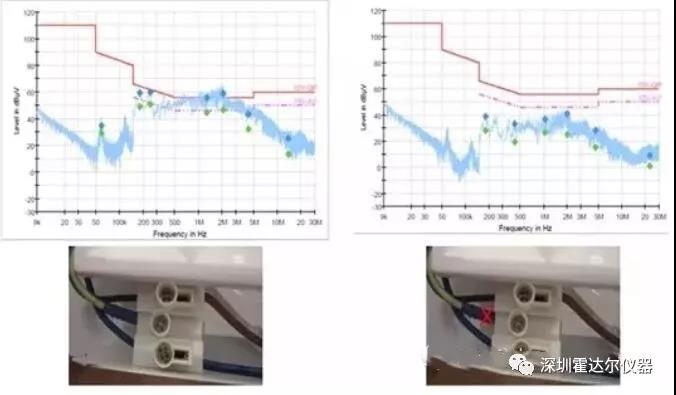
The principle of the introduction of ground harassment:
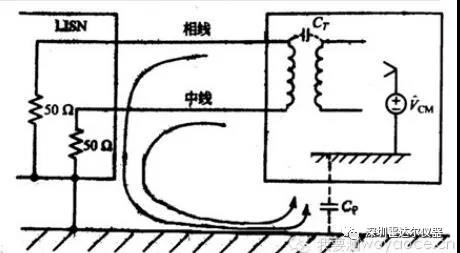
Analysis: The above figure is the simplified principle of the conduction test when the sample does not have a ground wire. The industrial mode disturbance generated by the EUT passes through a 50 ohm impedance, and then passes through the coupling capacitor CP formed between the laboratory grounding copper plate and the EUT common mode disturbance ground. Forming a disturbance loop, the signal tested by the receiver is the voltage drop on the 50 ohm impedance. Then, after connecting to the ground wire, what changes have been made in the above test process? Please see the following figure:
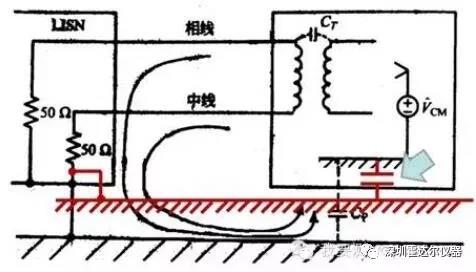
Analysis: After connecting to the ground wire, it is essentially equivalent to reducing the distance between the laboratory grounding copper plate and the EUT harassment model (the test layout requirements of the lamp, the EUT should be at least 40cm away from the grounding copper plate), this distance change , So that the coupling capacitance formed between the grounded copper plate and the EUT common mode disturbance ground is increased. The increase of the capacitance leads to the decrease of the common mode loop impedance, which leads to the increase of the common mode current, and the increase of the common mode current causes the The voltage drop on the 50 ohm impedance increases, which is why the ground wire introduces disturbance.
So in response to the above problem, what solutions do we have?
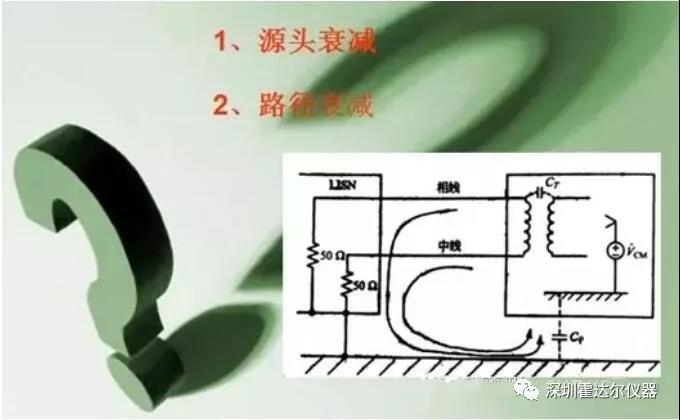
Attenuation at the source: Although the common mode disturbance is transmitted through the ground wire, the disturbance is generated by the EUT itself. Therefore, for this case, corresponding measures to filter common mode disturbances can be added to the drive, such as common mode inductance, Y capacitors and filters etc.
Path attenuation: If the disturbance source cannot be reduced or is difficult to reduce, it can be achieved through path attenuation. Specific to this item, that is, the increase of the ground wire impedance. Increasing the ground wire impedance can reduce the common mode current. Reducing the common mode current can result in a reduction in the voltage drop across the 50 ohm impedance.
Testing standard
European Union: EN 55015 (European Union lighting product emission project test standard, the main test items are: disturbance voltage test, radiated electromagnetic disturbance test, etc.), EN 61547 (EU lighting product immunity project test standard, the main test items are: static electricity , Injection current, surge test, pulse group test, etc.), EN 61000-3-2 (European Union harmonic current test project standard), etc.
Japan: J55015 (H20) (LED driver diamond PSE certification electromagnetic compatibility standard, main test items: disturbance voltage test, disturbance power test, three-ring test), the technical benchmark of electrical appliances, the first item of the provincial order, the eighth 1 (5) (Electromagnetic compatibility test basis for circular PSE certification of lighting products, main test items: disturbance voltage, disturbance power), etc.
China: GB 17743 (China CCC certification and CQC certification, lighting product launch project test standards, the main test items are: disturbance voltage test, radiated electromagnetic disturbance test, etc.), GB/T 18595 (Chinese lighting product immunity project test standard, The main test items are: static electricity, injected current, surge test, pulse group test, etc.), GB17625.1 (China Harmonic Current Test Standards).
Related information
Electromagnetic compatibility (EMC, that is, Electromagnetic Compatibility) refers to the ability of a device or system to meet the requirements in its electromagnetic environment and not produce intolerable electromagnetic disturbance to any device in its environment. Therefore, EMC includes two requirements: on the one hand, it means that the electromagnetic disturbance (Electromagnetic Disturbance) generated by the equipment in the normal operation process cannot exceed a certain limit; on the other hand, it refers to the equipment's impact on the environment. Electromagnetic disturbance has a certain degree of immunity, namely electromagnetic susceptibility (EMS).
For lighting products, the EMI items that need to be tested during EMC testing include: disturbance voltage test, radiated electromagnetic disturbance test, harmonic test, insertion loss test, etc. The EMS items that need to be tested are: static electricity test, radio frequency field induction conducted disturbance immunity Test, pulse group test, surge test, voltage sag and drop, voltage fluctuation and flicker test, etc.
Main testing equipment and venue
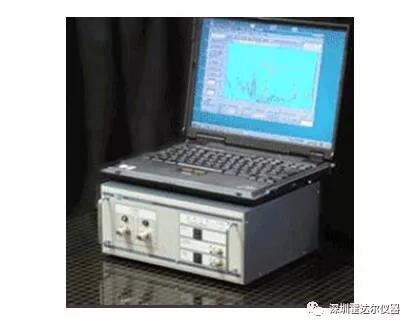
Receiver
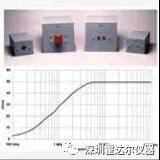
Artificial power network

Composite antenna
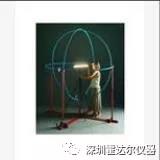
Three loop antenna
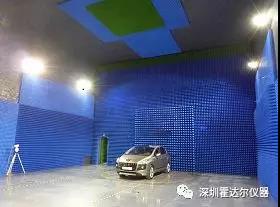
darkroom